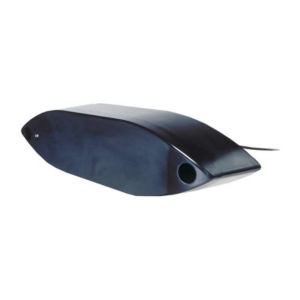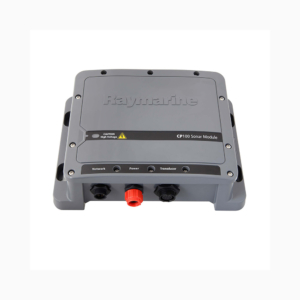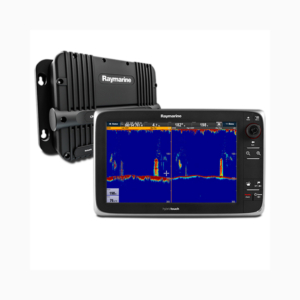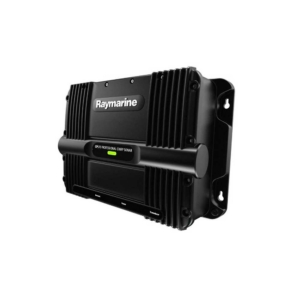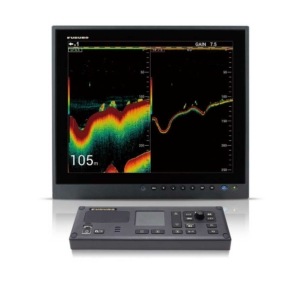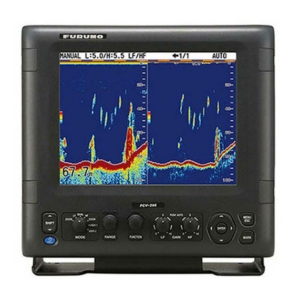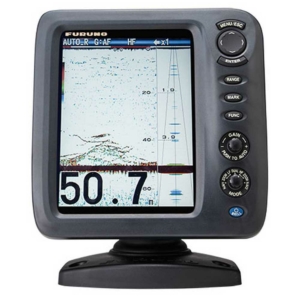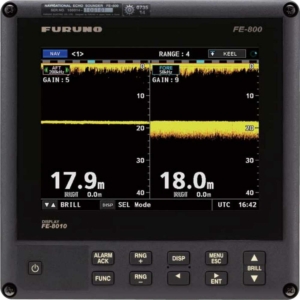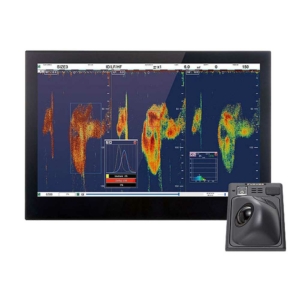Premium Ship Echo Sounders & Digital Fish Finders
An echo sounder is one of the many types of equipment used for marine navigation. This device is used to measure water depth by transmitting acoustic waves downward into the water by a transducer, which will be reflected from the bed as an echo. The time interval between the emission of the sound pulse and its return, along with the speed of sound in water, are then used to calculate the depth of the water.
In situations where the ship doesn’t have accurate data on its position, an echo sounder allows one to determine the under-keel clearance and depth of water – critical information, especially when approaching a port, crossing over a bar, nearing the mouth of a river, or navigating a poorly surveyed area. Aside from determining the depth of the water, this device also doubles as a fish finder – it provides accurate identification of fish necessary to facilitate recreational or commercial fishing efforts.
Echo Sounders and Fish Finders Available
Echo Sounder Functions
Echo sounders are marine navigation equipment that operate by using a transducer to send out sound waves. The transducer emits these waves, which travel through the water until they hit an object or the seabed.
Once they hit an object, they bounce back, and the echo sounder processes this information. The speed of sound wave propagation in water and the time it takes for the echo to return helps determine the object’s depth or distance.
For instance, in maritime scenarios, echo sounders have been instrumental in preventing ships from running aground. They have also been used to detect underwater obstacles, ensuring marine safety and aiding in precise navigation.
Choosing Your Ship’s Echo Sounder
When choosing an echo sounder for your ship, prioritise models with a broad frequency range for detailed imaging, high power output for deeper readings, and a sharp screen resolution for clear data visualisation. Ensure the device adheres to industry certifications or standards, underscoring its quality and reliability.
There are a few features that make for an excellent echo sounder. When shopping for your new fish-finding weaponry, here are some basic characteristics to look out for:
Resolution
The resolution comes with several aspects to look out for. You may want to consider one with a high vertical pixel count as it offers better resolution. Be sure to also look out for one with a big screen with good backlighting and viewability.
Transducers
Arguably the most important feature of an echo sounder, transducers transmit and receive the signal. Be sure to consider the transducer’s power, type, and location, as it can make a world of difference in terms of accuracy and usefulness. The Active Imaging 3-in-1 Nosecone Transducer for Ghost Trolling Motor, for instance, offers powerful fish-finding capability and high-resolution images of structure and cover below and to the sides of the ship.
Grey and Colour Line
The Grey Line and Colour Line refer to a function that gives anglers a refined definition of objects and fish close to or right on the bottom.
Bottom Lock
The bottom lock function displays the bottom as a straight line while displaying targets, such as vegetation and fish, above the bottom.
Echo Sounders and Fish Finders for Sale
As a trusted radio communication equipment supplier, Tecomart offers quality and reliability. With our rich legacy built on years of hands-on experience and specialised knowledge, we’ve carved a niche for ourselves by consistently delivering top-tier echo sounders and fish finders.
Beyond just products, our commitment extends to ensuring unparalleled customer satisfaction. Find your next echo sounder at Tecomart! With over 20 years of experience in the industry, we take pride in being your go-to provider of marine communication equipment and marine navigation equipment for retail and wholesale trading in Singapore. Request for a quote or contact us to get started today.
Frequently Asked Questions About Echo Sounders
Showing 1–15 of 53 results
-
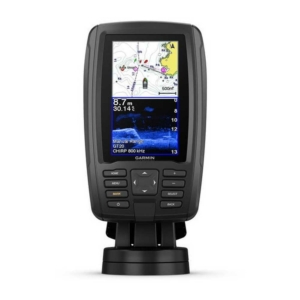
ECHOMAP Plus 45cv Chartplotter / Fish Finder
Request a quote for latest pricing
Request A Quote -
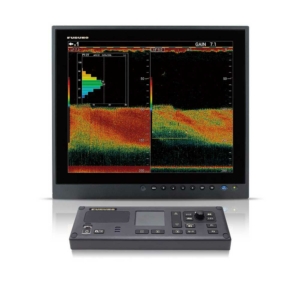
FCV-1900G FISH FINDER
Request a quote for latest pricing
Request A Quote -
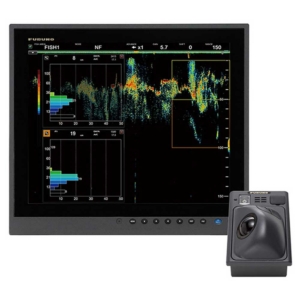
FCV-2100 Fish Finder
Request a quote for latest pricing
Request A Quote -
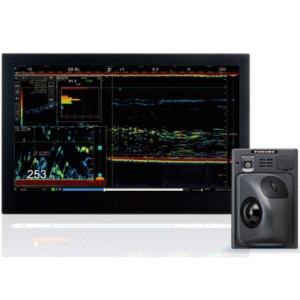
FCV-38 Fish Finder
Request a quote for latest pricing
Request A Quote -
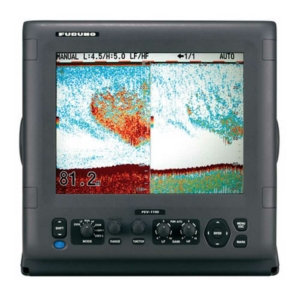
Furuno FCV-1150 Fish Finder
Request a quote for latest pricing
Request A Quote -
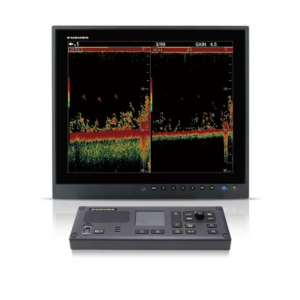
Furuno FCV-1900 Fish Finder
Request a quote for latest pricing
Request A Quote

